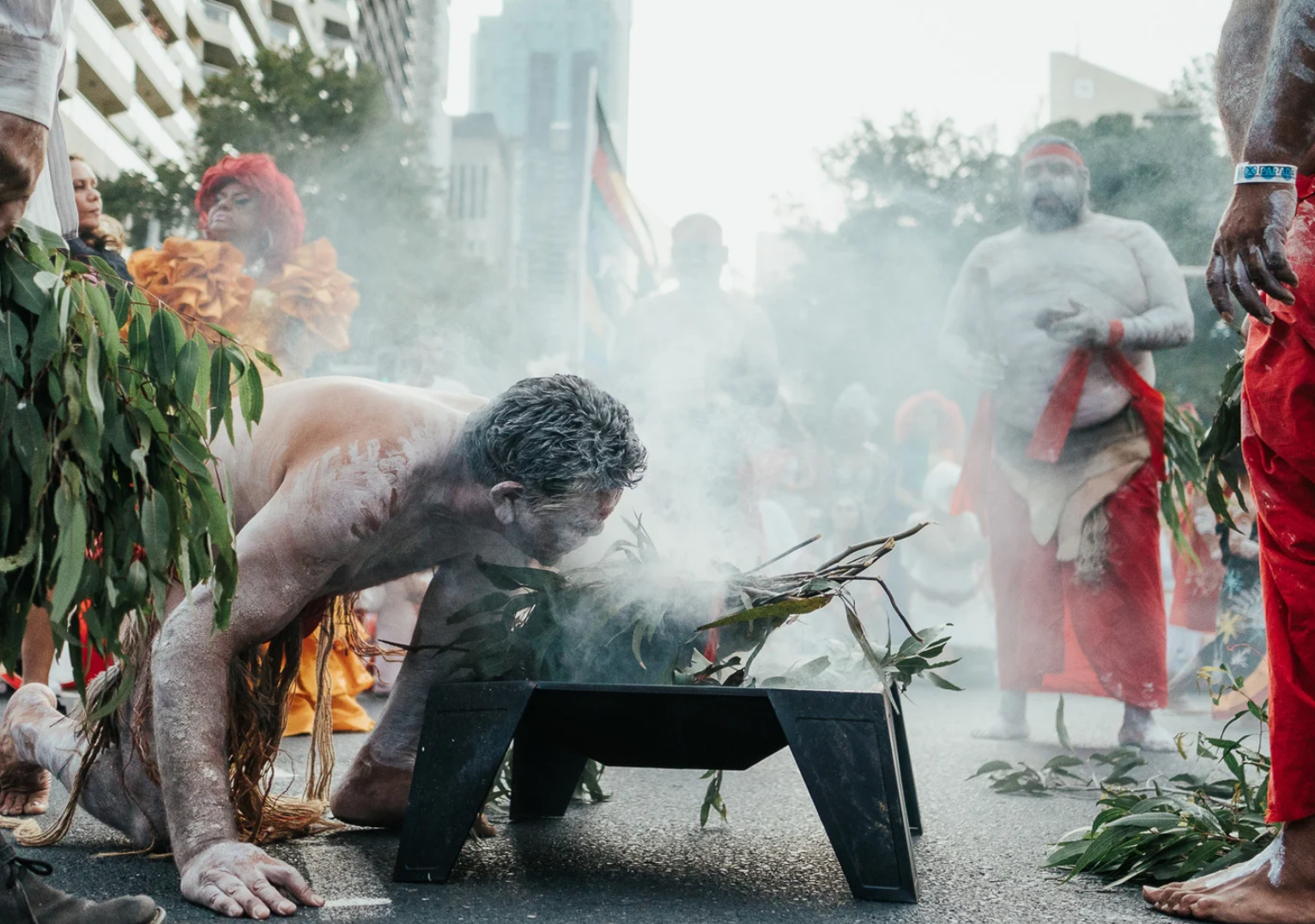Australia, often celebrated for its stunning landscapes and unique wildlife, is also home to one of the world’s oldest living cultures. The Indigenous peoples of Australia have a rich and diverse history that spans tens of thousands of years, and their cultures continue to thrive despite the challenges of modernity. In this article, we delve into the vibrant tapestry of Australia’s Indigenous cultures, exploring their traditions, art, spirituality, and ongoing efforts to preserve their heritage.
The Diversity of Indigenous Peoples
Australia’s Indigenous cultures are not monolithic; they encompass a multitude of distinct languages, traditions, and territories. At the time of European contact, there were over 250 Indigenous language groups across the continent. Today, while many Indigenous languages are endangered, efforts to revive and maintain them are gaining momentum.
The two most widely recognized groups are the Aboriginal peoples of mainland Australia and the Torres Strait Islander peoples of the Torres Strait Islands, located between Australia’s northernmost tip and Papua New Guinea. Each of these groups has its own unique customs, art forms, and connections to the land.
Connection to the Land: Dreamtime and Songlines
Central to Indigenous cultures is a deep spiritual connection to the land, often referred to as “Country.” The Dreamtime, also known as the Dreaming, is a complex belief system that underpins this connection. It encompasses creation stories, ancestral beings, and a sacred landscape that is both physical and metaphysical.
Songlines, or “tracks,” are intricate oral maps that Indigenous people use to navigate their vast territories. These songlines are a fusion of stories, songs, and landscape features that have been passed down through generations. They are not only a means of navigation but also a way of preserving cultural knowledge and spirituality.
Art as Storytelling: Rock Paintings and Contemporary Art
Indigenous art is a powerful medium for storytelling, connecting past and present. Rock paintings, some of which are over 40,000 years old, depict Dreamtime stories, rituals, and daily life. The rock art of sites like Uluru-Kata Tjuta National Park and Kakadu National Park offers a glimpse into the rich cultural history of the continent.
Contemporary Indigenous art, which has gained international recognition, continues this tradition of storytelling. Artists like Emily Kame Kngwarreye, Clifford Possum Tjapaltjarri, and Sally Gabori have created visually stunning works that convey the spiritual and cultural dimensions of their heritage. The dot painting technique, in particular, has become iconic.
Cultural Ceremonies and Rituals
Indigenous cultures are deeply rooted in ceremony and ritual. These ceremonies are not only occasions for celebration but also opportunities to pass on cultural knowledge and maintain connections to the Dreamtime.
One well-known ceremony is the corroboree, a public ceremony that features song, dance, and visual art. These ceremonies often depict Dreamtime stories and are a way for Indigenous communities to share their culture with outsiders.
Rituals like smoking ceremonies, Welcome to Country, and Sorry Business (mourning ceremonies) are also important cultural practices. Smoking ceremonies use native plants to cleanse and purify, while Welcome to Country is a way of acknowledging and respecting Indigenous ownership of the land. Sorry Business is a solemn time of grieving and remembrance.
Challenges and Resilience
Despite the richness of their cultures, Australia’s Indigenous peoples have faced centuries of adversity, including colonization, dispossession of land, and social inequality. These challenges have had profound impacts on Indigenous communities, including issues such as health disparities, unemployment, and educational inequalities.
However, Indigenous Australians have shown remarkable resilience in the face of adversity. Organizations like the National Congress of Australia’s First Peoples advocate for Indigenous rights, while community-led initiatives aim to address issues at the local level. Efforts to close the gap in areas like health, education, and employment continue to be a national priority.
Preservation and Revival of Languages
One of the critical aspects of preserving Indigenous cultures is the revival and maintenance of Indigenous languages. Language is central to cultural identity, and many Indigenous languages are at risk of being lost forever.
Efforts are underway to document and revive these languages, often with the involvement of Elders and community members. Language revitalization programs, dictionaries, and educational initiatives aim to ensure that future generations can speak their ancestral languages.
Tourism and Cultural Exchange
Tourism has played a significant role in promoting Indigenous cultures and providing economic opportunities for Indigenous communities. Visitors to Australia can engage in cultural experiences such as guided walks, art workshops, and performances.
Indigenous tourism offers a unique way to learn about Indigenous cultures firsthand, fostering mutual understanding and respect. Travelers can explore the ancient traditions, stories, and artworks that continue to enrich the fabric of Australian society.
Conclusion: A Vibrant Living Heritage
Australia’s Indigenous cultures are an integral part of the nation’s identity and heritage. They provide a unique window into a world that stretches back tens of thousands of years, encompassing a profound connection to the land, a rich storytelling tradition, and a deep sense of spirituality.
Efforts to preserve and celebrate Indigenous cultures are ongoing, driven by Indigenous communities, government initiatives, and organizations dedicated to Indigenous rights. As Australia continues to acknowledge the importance of reconciliation and cultural exchange, there is hope that the resilience and vibrancy of Indigenous cultures will continue to flourish and enrich the nation for generations to come.
In celebrating Australia’s Indigenous cultures, we not only pay tribute to the First Nations peoples but also recognize the enduring value of their traditions, stories, and contributions to the cultural mosaic of modern Australia. It is a reminder of the power of heritage, resilience, and the importance of preserving the past while looking toward the future.





